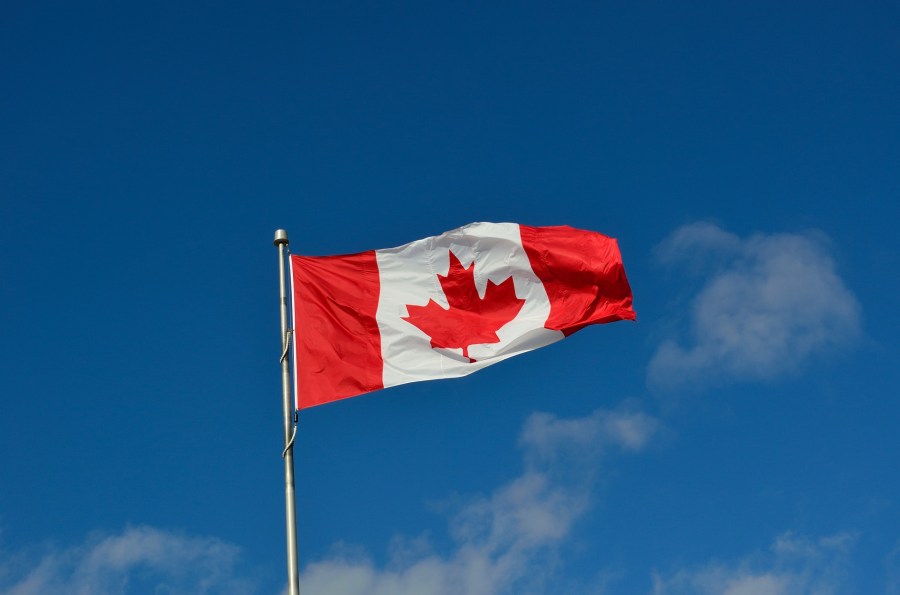What Kind of Government Does Canada Have?

Canada’s government is a federal parliamentary democracy and constitutional monarchy. This means that Canada, as a federation, is governed by both provincial and federal governments.
Prime Minister Canada’s government has a prime minister, who is the senior member of the country’s elected federal parliamentary democracy. The prime minister is the most powerful executive in Canada and provides leadership with the support of a cabinet that he selects. Whoever is in the position is considered to be the head of government
Monarch The position of the crown in Canada dates back to the 16th century. Various British and French kings and queens have held the monarch position in Canada since 1534. The country’s official head of state is British monarch Queen Elizabeth II. The queen is the public face of the country, and she acts on the advice of the constitutionally-elected government, which is why Canada’s government also qualifies as a constitutional monarchy. The queen also appoints the governor general of Canada, a federal vice-legal representative who is allowed to exercise most of her royal prerogative. The governor general position represents the country in global meetings, signs letters, declarations of war and more on behalf of the king or queen. The position lasts five years. The king or queen in power is called the head of state.
Branches of Canadian Government The Canadian government has three branches, which are the executive, legislative and judicial. The executive branch is comprised of the monarch, prime minister and cabinet. The legislative branch includes the Senate and House of Commons. The House of Commons has 338 elected politicians, and the Senate has 105 senators that are appointed by the Prime Minister. Finally, the judicial branch made up of courts that interpret laws.
Levels of Governance There are three levels of governance, which are the federal, provincial and municipal. The federal government oversees all of Canada. There are 10 provincial governments for each province of Canada, and they oversee education, healthcare and more. The municipal governments oversee their local water systems, law enforcement and more. Below the municipal level are the band councils, which oversee local community decisions.
Democracy in Canada Canada has a representative democracy, where citizens vote and put into office the officials for all levels of the government. This allows Canadians to take part in the decisions that ultimately affect everyday life.
The Constitution All of the decisions made in government are based on the Canadian Constitution. Unlike the United States Constitution which outlines all of the rights of the people and the role of government in one document, the Canadian Constitution is comprised of 25 documents.
Some of the documents include the Constitution Act, the Canadian Charter or Rights and Freedoms as well as 14 Acts from the British Parliament. In fact, many of the constitutional documents are derived directly from the British. The Canadian Charter of Rights and Freedoms is a document that describes the liberties and rights of all Canadians, such as the certain guarantee of rights, fundamental freedoms and democratic rights. These cover freedom of religion, expression as well as everyone’s rights to equality and protection of Aboriginals.





